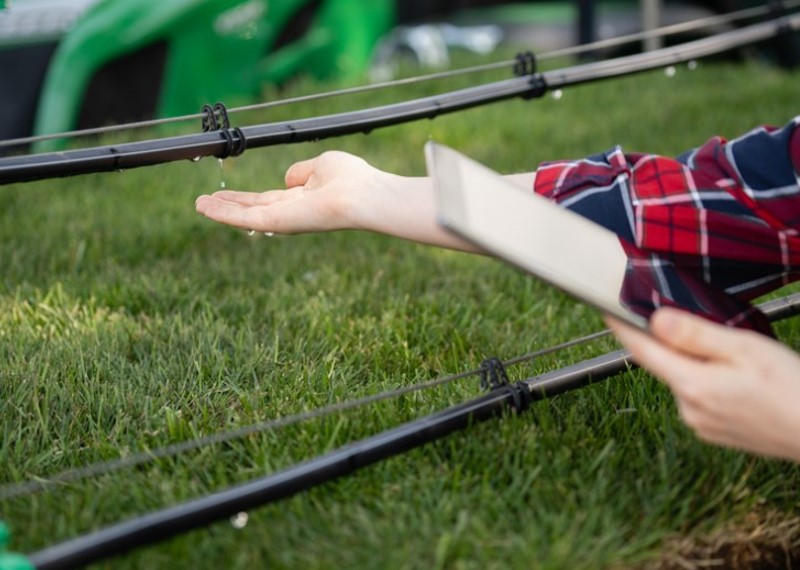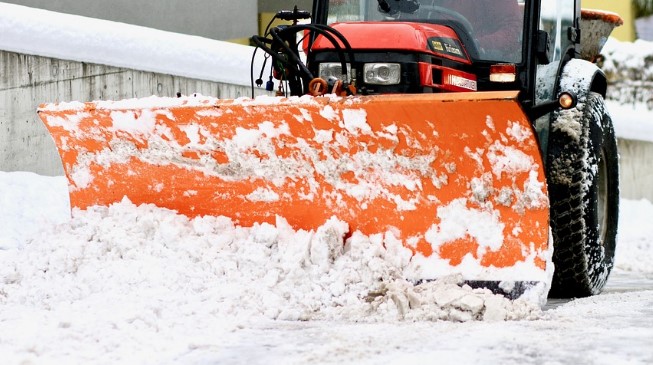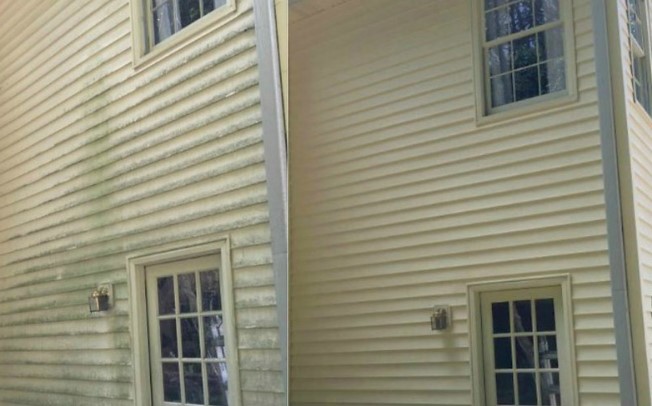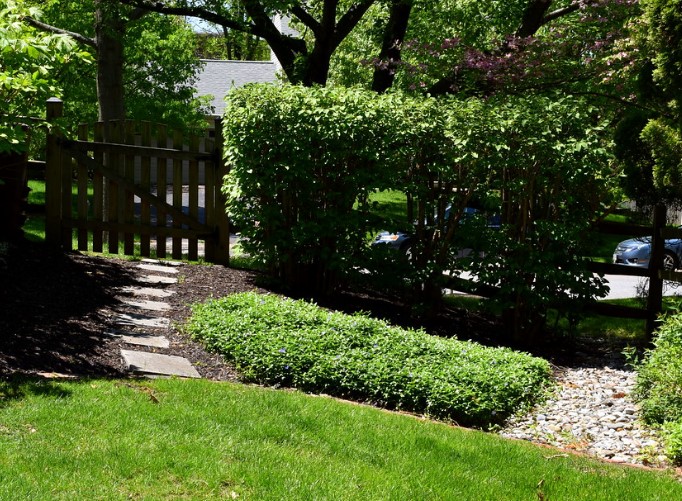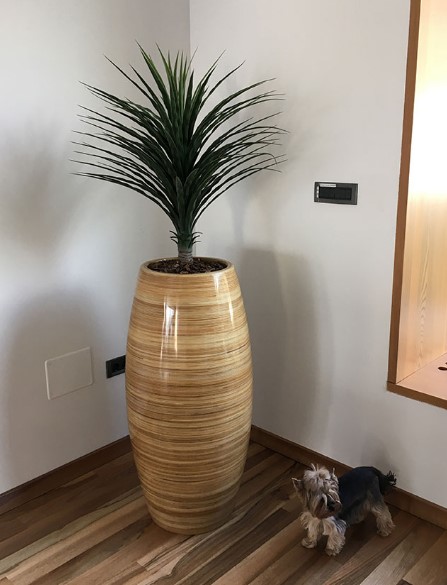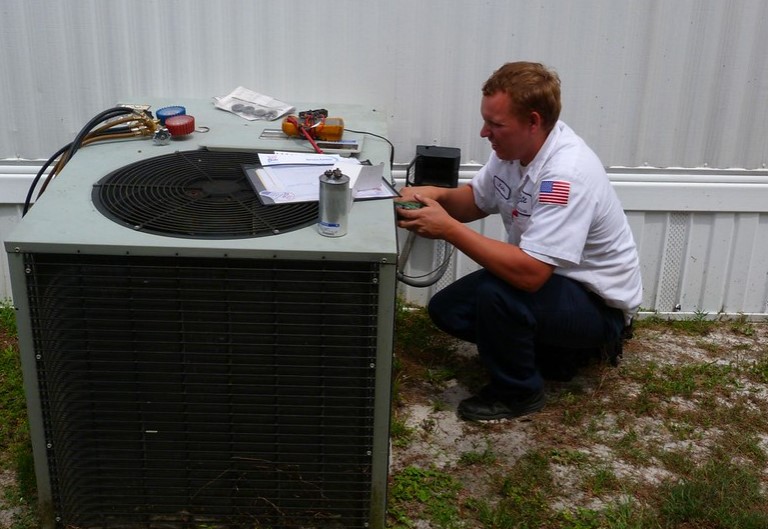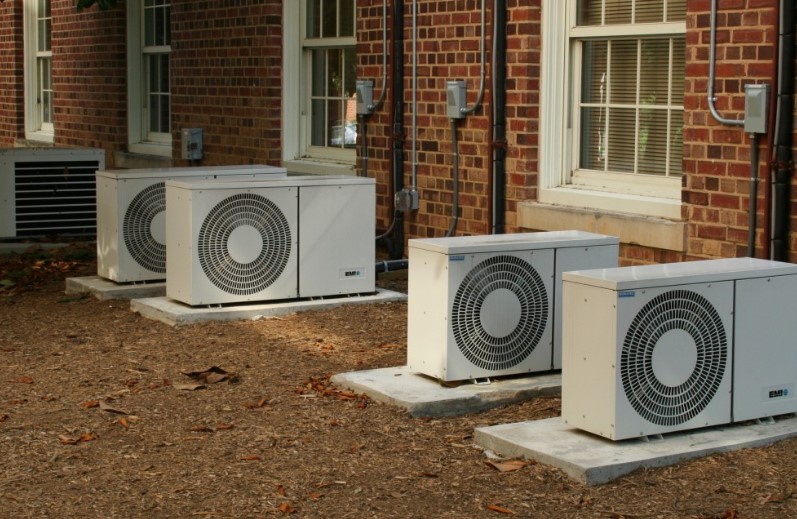A drip irrigation tube for an irrigation system delivers water directly to plant roots. Drip tubing is specifically made from polyethylene, with emitters placed along the length of the tube at certain intervals. The emitters correspond with each plant’s placement. It ensures the direct delivery of water to the root zone of every plant.
This form of irrigation is not just efficient and precise but also helps conserve water thanks to the low flow rate required. Drip irrigation is a critical method in arid areas as it maximizes water usage and has been considered a standard practice for centuries.
Table of Contents:
The Ancient Practice of Drip Irrigation
Evidence revealed that ancient civilizations utilized clay pots buried under the ground as the primitive form of drip irrigation. These pots were filled with water and buried close to the plants. After some time, the water slowly seeped into the soil from the pots. This way, all plants receive a direct and constant source of water.
Available Types of Drip Tubing
Drip irrigation tube has several different types available depending on the specific drip irrigation system used:
Emitter Tubing
Emitter tubing is considered the standard for most systems of drip irrigation. This tube allows spot water placement. Emitters in factory-produced emitter tubing are placed at even intervals along the tube’s length.
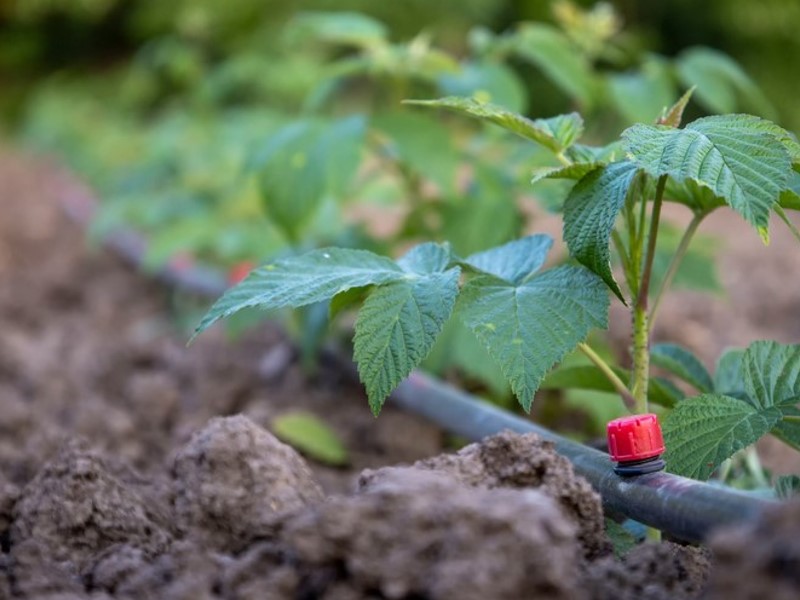
This tubing is an ideal option for rows of plants at even spaces. In the custom systems meant for landscape areas, emitters are also manually placed throughout the tube length according to the placement of different plants.
1/2” and 1/4” Distribution Tubing
This type of drip irrigation tube is often connected to the primary water supply. It distributes water to the ¼” distribution, emitter, or soaker tubing.
1/4″Distribution Tubing
It is a type of tubing that connects ½” to different emitters like sprinklers, emitters, and misters.
Micro-Tubing
Micro-tubing is another useful part of irrigation systems. It is a kind of tubing that often comes in sizes of 1/4″ and 1/8″ and can be used as the sub-later and main tubing for drip irrigation systems. This is also used for connecting emitters and generally handles a maximum of 15 gph.
Soaker Tubing or Hoses
These emitters are porous hoses that you can connect directly to a garden hose, rain barrel, or outside faucet. You can lay this kind of hose around different plants to allow the water to seep from the hose walls and into the surrounding ground.
Drip Tape or Soaker Tape
This form of emitter resembles a soaker hose. This is either made of hundreds of small holes along the entire length or of porous material. The key difference is that drip tapes are thinner and only typically last for a single season. You can use this tape below or above ground, and it excels well in delivering water to wider spaces that might require it. A good example is an area with dense foliage.
Using the right type of drip irrigation tube will help you keep your plants looking healthy and verdant all year round.
